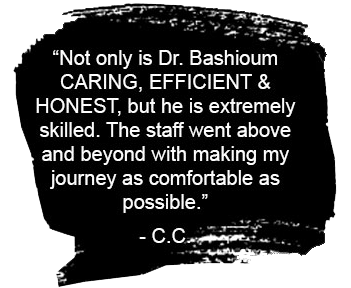European Med Spas: a Series #5
September 28th, 2011
Skincare: A Growing Global Business
According to the American Society of Plastic Surgeons, the global market for Nipntucks now exceeds $30 billion. I think factors driving this growth are an aging population, growing overall acceptance of cosmetic surgery and an uptick of people seeking cosmetic improvements for themselves.
Skincare and anti-aging products are big business. According to research by Mintel and Beauty News, 62% of French women use anti-wrinkle products. But they are not alone. Wrinkles are not just an issue for French women. Italian women are not far behind, with 60% using anti-wrinkle products, followed by Spanish women at 55%, the UK -51% and Germany -49%.
Does it seem that all the new beauty products or cosmetic techniques come from Europe? There is a good reason why this happens to be the case. In Europe, most of these cosmetic products only need to obtain a ‘Conformit’e Europeene’ certification, which is a relatively cheaper and quicker process, unlike seeking for FDA approval in America. Companies can more easily launch products in Europe and begin their marketing and brand building process there.
The intense consumer interest in anti-aging and facial skincare products worldwide, is probably driving new product developments with fancy marketing of scientific claims, like ever-lengthening peptide chains and DNA repair. Elaborate packaging also helps to create the sensation of medical-breakthrough serums to erase wrinkles and appears to appeal to women worldwide.
Next Stop: Switzerland
European Tradition of Med Spas
September 19th, 2011
European Tradition of Med Spas: a Series Introduction
There is a long history of participation in wellness retreats and spas in Europe. Especially prominent are centers offering thermal baths, hydro-therapy and skin treatments. While hiking in the Alps this summer, my wife, Lindsay and I decided to investigate some of these historical practices and explore what new trends might be developing. Located within the Rhone-Alpes region, there are over a dozen stations thermales or thermal spas, most developed around the 17th Century. Early on, the spa towns attracted the wealthy and later, they were followed by patients afflicted with a wide variety of ailments. Today the hybrid model of medical/wellness spas drives a thriving business.
This special series will take a look at the current trends in Europe and what influences we might expect in the US.
Next: Chamonix- Mont Blanc region
